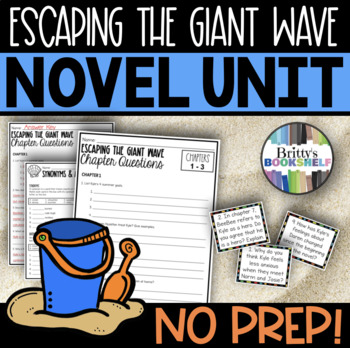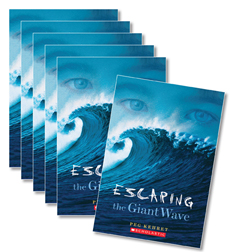


She turned tech culture into intelligent crystals to work around the need to be connected and communicate. But I got adjusted real quick to San Francisco in its second tech boom. I went out and found the drum circles, the public rituals and the hippie kids. I’d be lying if I said I showed up expecting anything but Haight-Ashbury in 1968. She follows that thread through to the AIDS epidemic and the slow decay of the movement, but stops short of explaining what it has become. In both books, the city is rich in its former character: a hotbed of free speech and demonstrations that provided the freaky freedom that a nation of weirdos needed.

The city was described by an author who had fallen in love with the Bay Area that was and will never come again. It goes beyond passive resistance into a subtler blend of magic and martyrdom that I found intensely seductive.īut most of all, this is the book that convinced me that I had to move to San Francisco. The central conflict of the book is how to fight against war without warfare. It made me examine a lot of my assumptions about people, sex, religion, the future, and what kind of person I wanted to be. It gained this status for me because I read it at a time in my life when I was living too small and not thinking far enough ahead. I always warn them that it isn’t great literature, but that it represented something new and precious to me, and I always felt pretty connected to it. The thing is, I’ve been telling people for years that “The Fifth Sacred Thing” is my favorite book. I ran into the prequel, “Walking to Mercury” a week or two later.

I had no idea that she wrote utopian (or Ecotopian) fiction, so I was dumbstruck to read the back cover when I spotted it on the shelf. She was a hero of mine, sparking my interest in permaculture and ecofeminism and introducing me to the dynamics of small group consensus for the first time. I had read Starhawk’s nonfiction work since I was a kid they were my first books on witchcraft that were written for practical use. I found it at Powell’s City of Books, my second home during my unhappiest days in Portland. I first read “ The Fifth Sacred Thing ” in 2005. This is the story of these books in my life, and this last chapter in that context. This is that scene in High Fidelity when someone asks whether the main character’s records are arranged chronologically or alphabetically, and he replies that it’s autobiographical. Getting the third book in this series brought a lot of things full circle for me. I backed the Kickstarter and couldn’t wait for it to show up. This year, Starhawk’s “City of Refuge” was the gift I bought myself.


 0 kommentar(er)
0 kommentar(er)
